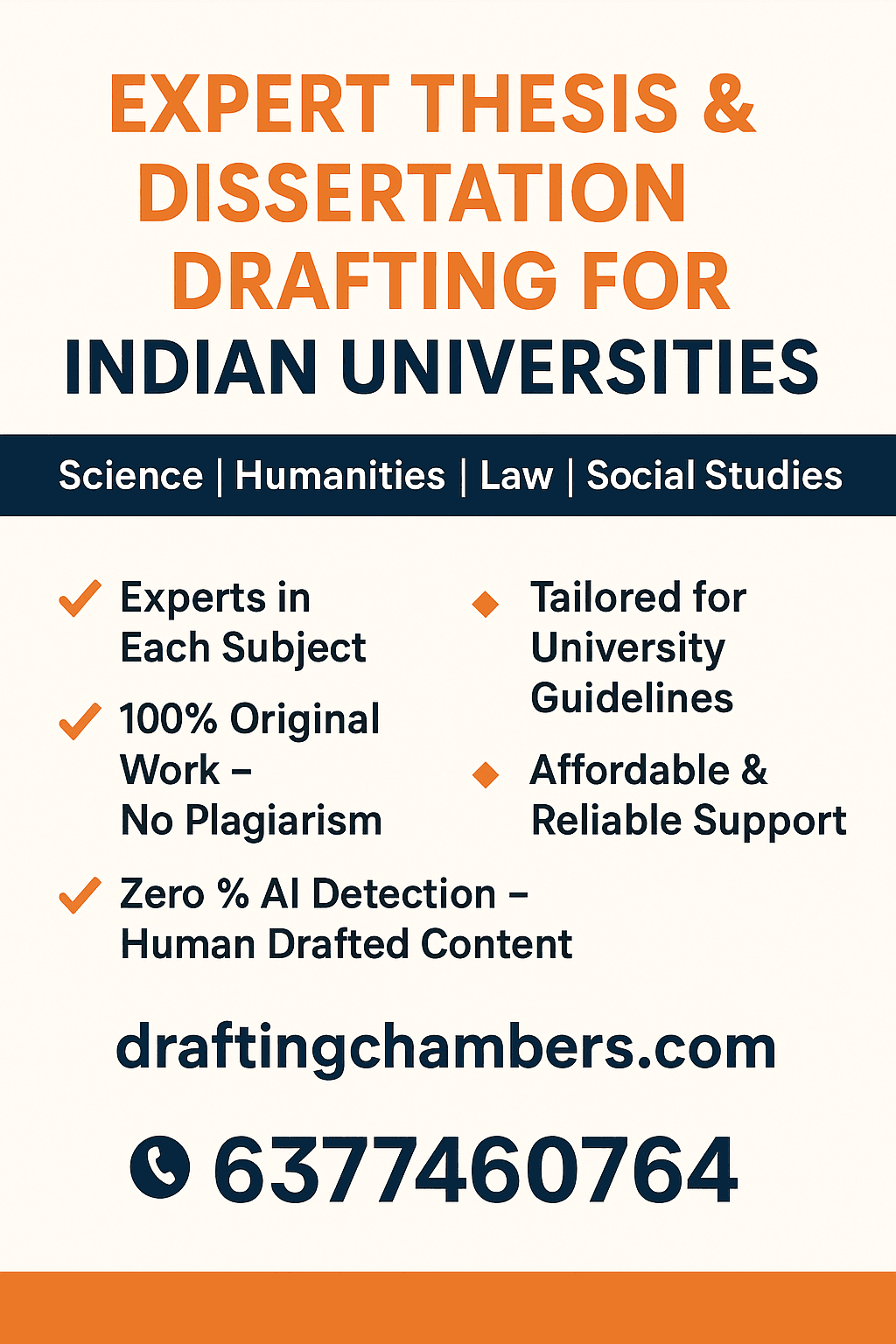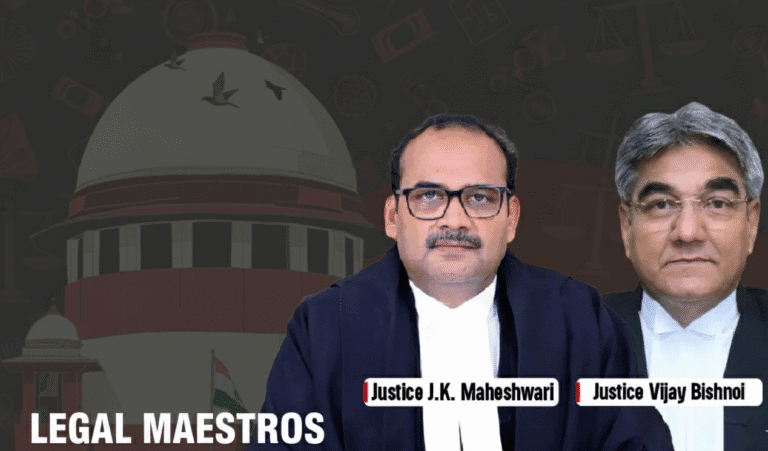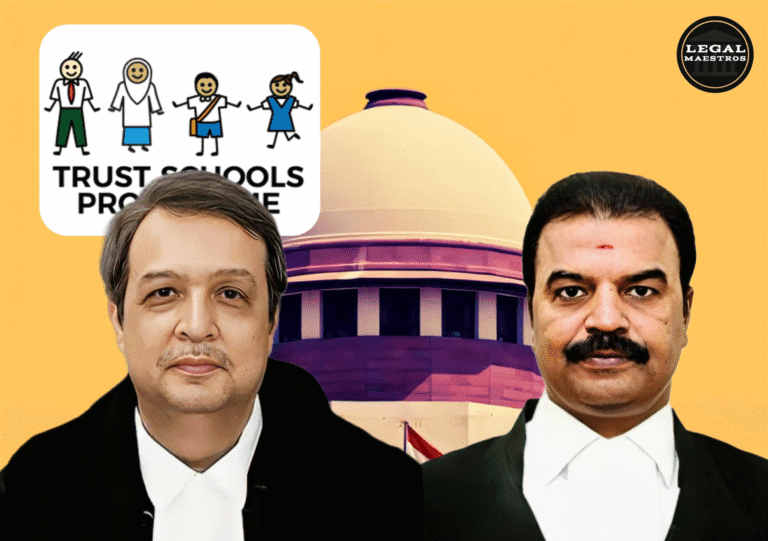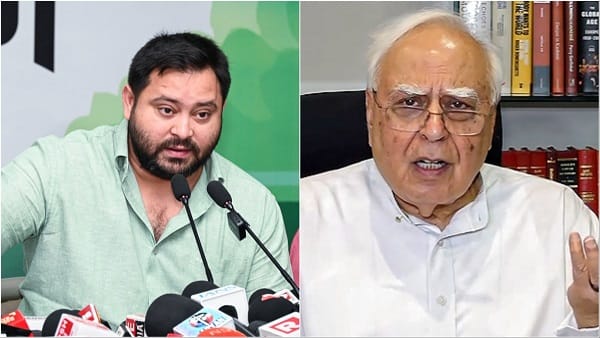
The question that has been raised on several occasions but the answer to which has not been given on many occasions and which has recently been answered by the Supreme Court of India is that of whether the service tax can apply to stem cell banking services. The case, M/s. The case of Stemcyte India Therapeutics Pvt. Ltd. v. Commissioner of Central Excise and Service Tax, Ahmedabad – III was the appeal on a verdict given by the Customs, Excise and Service Tax Appellate Tribunal (CESTAT). The controversy of the case was whether the services that are being offered by the stem cell banks like the collection, processing and storage of the umbilical cord blood stem cells would be referred to as the Healthcare Services and therefore the services offered will not be taxed at the component of service tax under the notifications that currently exist. The judgment of Justice R. Mahadevan is very important in clarifying the provisions of the healthcare and biotechnology sector.
History of the Conflict
M/s. Stemcyte India Therapeutics Pvt. Ltd., a venture formed in 2008, deals with such topics as collecting, processing, testing, and storing umbilical cord blood units with the purposes of their use in treatment. The company is an Association of Stem Cell Banks of India too.
The rights entangled with the legal issues started with the notification of the Ministry of Health and Family Welfare issued in 2011, which dictated registration of cord blood banks under the Drugs and Cosmetics (3 rd Amendment) Rules 2011. These regulations elucidated the specification regarding the processing of stem cells of the umbilical blood cord. Thereafter, on 20 th June, 2012 the Ministry of Finance issued Notification No. 25/2012-Service Tax, which exempted the Healthcare Services, on service tax.
For any queries or to publish an article or post or advertisement on our platform, do call at +91 6377460764 or email us at contact@legalmaestros.com.
Thereupon, the Association of Stem Cell Banks of India was clarified by the Ministry of Health, which in May 2013, replied that stem cell banking services surely came under “Healthcare Services” and would have benefited as an exemption. Stemcyte India applied a Service Tax Registration under the category of service healthcare services in October 2013 since they believed that they were not subject to the Service Tax Registration (STR) since Stemcyte India offers services.
The Department of Central Excise then started an investigation, made a search and requested service tax, paid between the dates of July 1, 2012, to the dates of February 16, 2014. Although a specific exemption of services of cord blood banks was evidenced in Notification No. 4/2014-ST dated February 17, 2014 (inserting Entry 2A), by the Ministry of Finance of India, the department nevertheless attempted to impose tax on the earlier period. Stemcyte India made a deposit of Rs. 40,00,000/- under protest and claimed them to be exempt under their services. This resulted in issuance of show cause notice and orders that confirmed service tax, interest along with huge penalty, which were affirmed by the CESTAT.
Substantive Law and Questions
The argument in this case was normally based on the fact that there were two core legal questions:
Applicability of Exemption of Healthcare Services
The critical issue was whether the services of enrolment, collection, processing and storage of umbilical cord blood stem cells by Stemcyte India could be taken to be the services of health care as mentioned in Entry No. 2 in Notification No. 25/2012-ST dated June 20, 2012. Appellant contended the expanse of the term Healthcare Services by referring to the explanation advanced by the Ministry of Health that said services fell within the definition of healthcare. They argued that the Exemption Notification No. 4/2014-ST (inserting Entry 2A), which introduced a specific exemption to these services was just a clarificatory notification rather than an addition of an all-new exemption. The CESTAT, however had been too narrow minded in its ruling that there certainly must have been a line to be drawn after which treatment could not be administered due to the “grim illnesses”, which according to the ruling was not applicable to the stem cells since they were not used to treat regular illnesses and was the view that the appellant disputed by calling it perverse. The appellant also focused on the understanding because of the fact that exemptions to Healthcare Services under the Finance Act, 1994 have always existed, and since the exemptions benefit the health of the people, they should be construed broadly.
They invoke Extended Period of Limitation
The second significant issue was that the department referred to the long time of limitation to claim the service tax. Normally, a show cause notice is to be propped up in a period of one year. But, Section 73(1) of Finance Act, 1994 enables the extended period up to 5 years in case of fraud, collusion, making willful misstatement, suppressing facts and/or with the intention to evade tax. Show cause notice in said case was issued on July 28, 2017, covering a time span ending February 16, 2014, obviously longer than an ordinary one year.
Stemcyte India claimed that it was not a suppression of facts and there was no intention to avoid tax. They had been in good faith and had so acted ever since they believed that their services were an exception and had made an immediate reply to the queries of the department and even deposited a sum under protest. Past decision of the court as in
Padmini Products vs. Moral dos and don ts. Chemphar Drugs and Liniments, re-emphasise that the failure to pay alone, where the fraud or suppression has not been active, does not warrant the extended limitation period to be applied. The department already knew about the activities of the appellant back in December 2013 but still delayed the notice long enough.
The Ruling of the Court and the Implication of this Ruling
Considering the merits and demerits Justice R. Mahadevan quashed the impugned order in its entirety. The Court was mainly of the view that the show cause notice was out of limitation. It ruled that nor was there any scene of fraud, or collusion or wilful misstatement or unnecessary withholding of information which should result in the avoidance of tax on the part of Stemcyte India. The reasoning that the appellant thought their services were not subjected to taxes was bona fide bearing in mind that the Ministry of Health clarified the status of their services. The long period of limitation could not be claimed since the department knew about the activity of the appellant and there was no intention to escape.
The court therefore held that the claim of service tax, interest thereon in addition to penalties that are being demanded was not sustainable. It also directed the, repayment of the Rs. 40,00,000/- contributed by the appellant within a four-week period of pronunciation of the judgment.
This ruling of Justice R. Mahadevan emphasizes the fact that exemptions surrounding the public health services must be given forth liberally. It equally reinstates the stringent nature of the prerequisites involved in the application of the long stop of limitation in tax practice and that a mere variance in the interpretation of tax liability does not amount to evasion that is intended. This decision brings clarity to the stem cell banking industry confirming that they are classifiable as within the Business code of Healthcare Services at the time of the disputed period and emphasize again on the issue of genuine intent in the determination of tax compliance.







